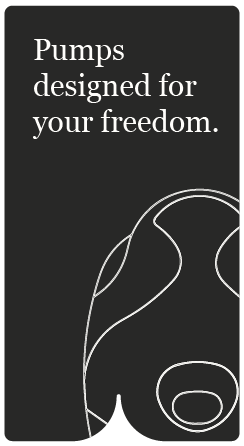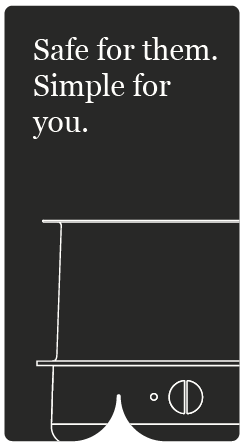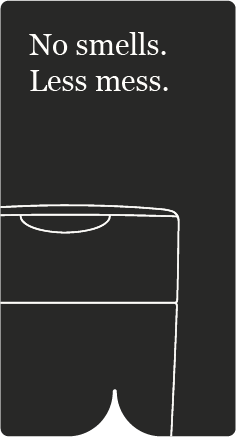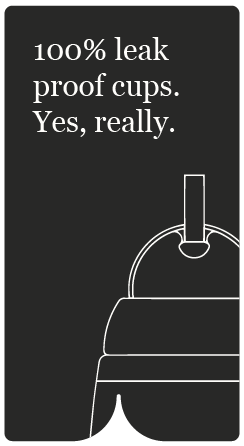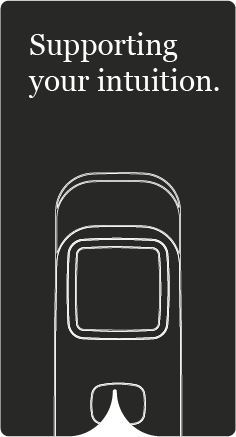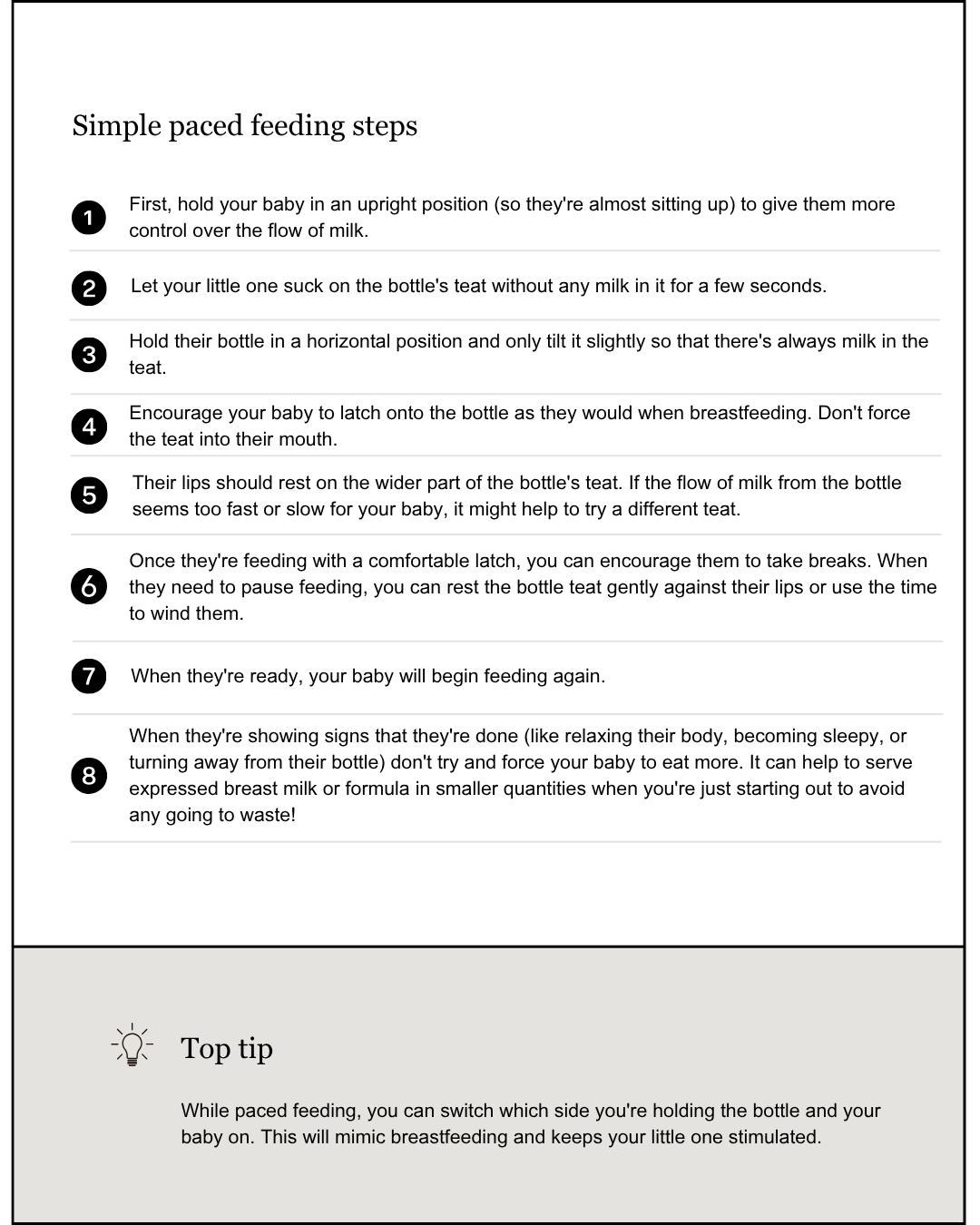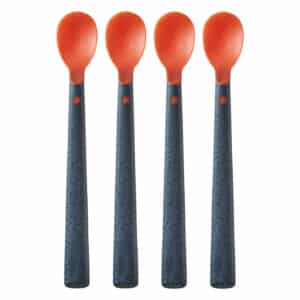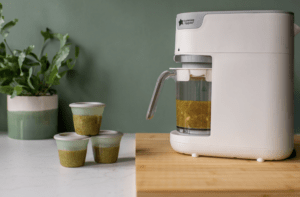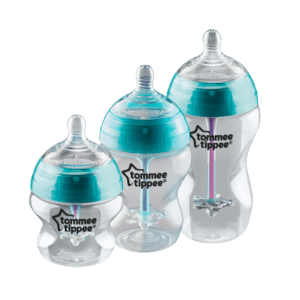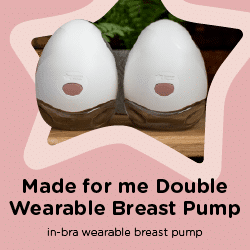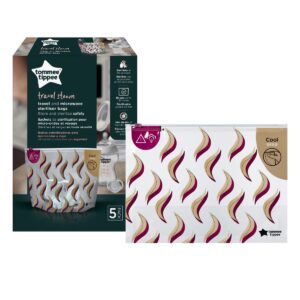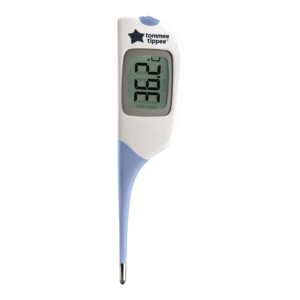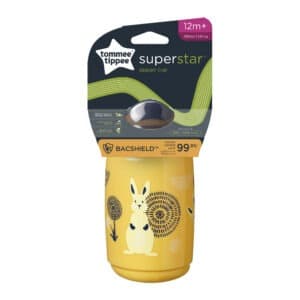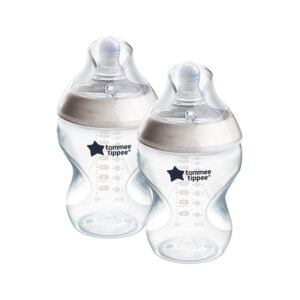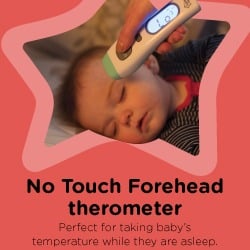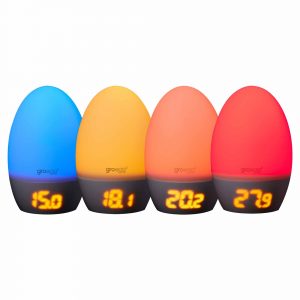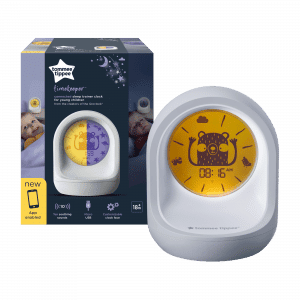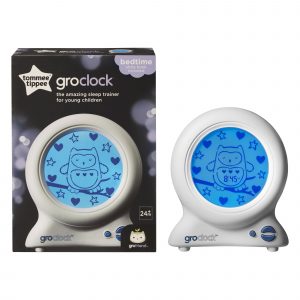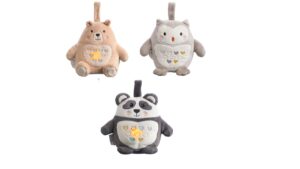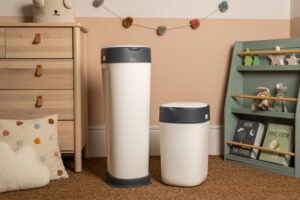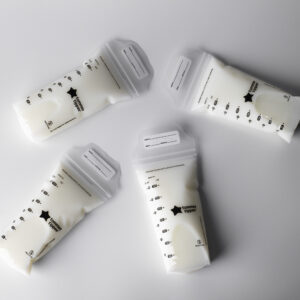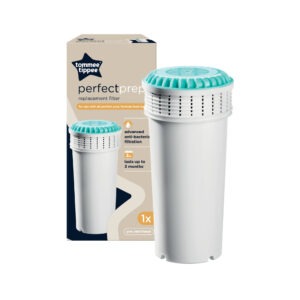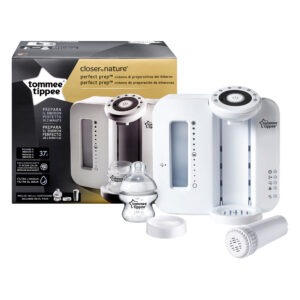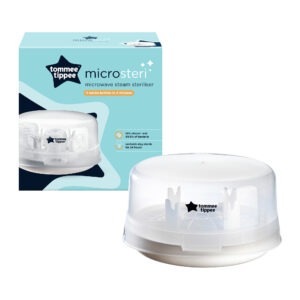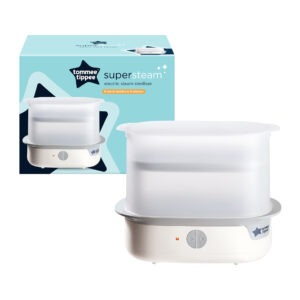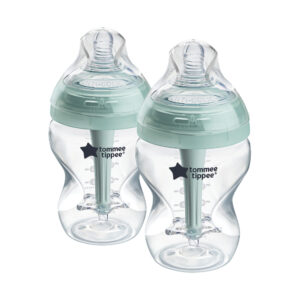Bottle Feeding
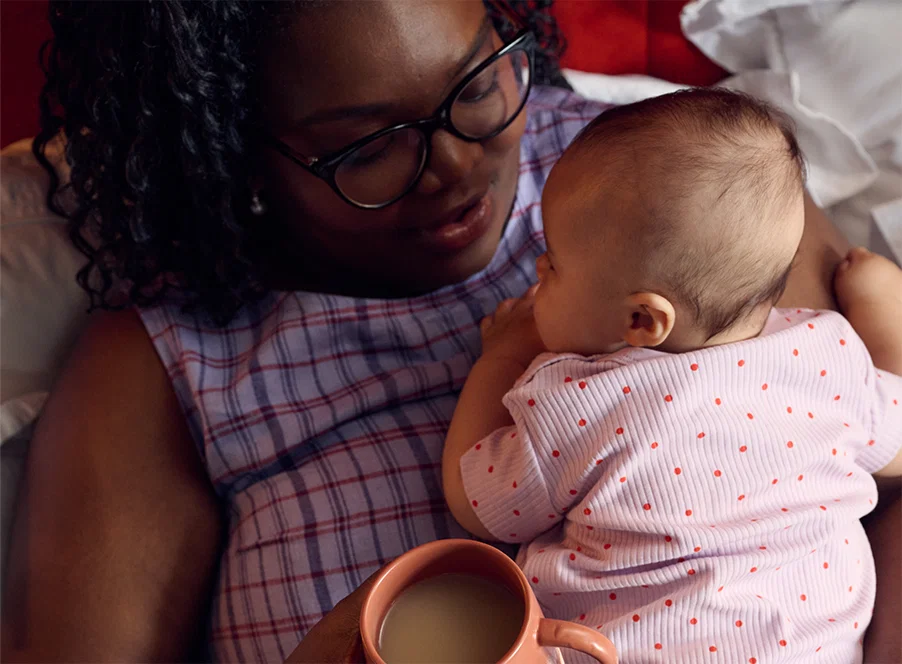
Paced bottle feeding guide
Paced bottle feeding guide

- Paced bottle feeding is a technique that slows down bottle feeds, so they mimic breastfeeding more closely.
- It helps babies regulate their milk intake, reducing the risk of overfeeding and discomfort.
- Holding the bottle horizontally whilst feeding and taking regular pauses supports better digestion and bonding.
- Paced feeding can be useful for combination feeding or when transitioning between the breast to bottle.
If you’re bottle feeding with expressed breast milk or formula, you may have come across the term ‘paced feeding’.
But what exactly is paced bottle feeding, and how can you do it too? Keep reading for guidance about this baby feeding technique.
What is paced bottle feeding?
Paced bottle feeding simply means letting your baby take the lead when it comes to feeding time. It means they can decide when they’re full, rather than requiring them to finish a whole bottle in one go.
It’s sometimes referred to as “responsive” or “on demand” feeding and basically means that you’re following your baby’s cues.
It involves slowing the flow of milk (expressed breast milk or formula) into the bottle’s teat and baby’s mouth. This feeding method gives them extra control over the pace of their feed and how much they eat.
Paced feeding mimics the stop-start motion of breastfeeding and gives them the chance to check in on their own appetite.
What are the benefits of paced bottle feeding?
The benefits of paced feeding include:
- Helps reduce overfeeding and obesity risk in childhood
- Reduces air intake when feeding, meaning less uncomfortable trapped wind and general digestive discomfort
- Allows your baby to vary how they feed based on their needs
- Means parents can identify feeding cues from their baby
- Can make transitioning between bottle and breastfeeding easier because your baby is less likely to get used to the fast, constant flow of a regular bottle feed and reject your breast
How do I start the paced bottle feeding technique?
Getting started with paced feeding requires you to feed based on your little one’s early hunger cues, rather than on a set time schedule.
These early hunger cues can include baby:
- Sucking their hands or fingers
- Moving their eyes around
- Rooting around or looking for the teat of the bottle
- Wriggling and becoming restless
- Opening and closing their mouth
Absolutely! This method is designed to be slower and responsive.
Taking a few breaks, mid-feed gives you both a chance to enjoy loving eye contact, snuggle and bond. Babies grow so quickly, and before you know it, they’ll be ready to begin weaning and moving onto solids. So, paced feeds offer a great opportunity for you to spend some quality one-on-one time together.
Paced feed timings will vary from one baby to the next. In general, they’ll last as long as it takes for your baby to decide when they’re no longer hungry, usually around 20 minutes.
Does paced feeding help with my baby’s development?
Healthline suggests that paced feeding “reduces stomach issues associated with overfeeding or eating too quickly” and “establishes good eating habits from a very young age, which can last a lifetime”.
Using a bottle teat with a slower flow that resembles a real-life nipple when paced feeding will mimic the flow of breastmilk from the breast, and encourages your baby to suck more.
Our soft silicone teats flex and stretch like mum and allow your baby to feed comfortably at their own natural pace, but when it comes to the actual bottle you use, it’s just a case of experimenting with different shapes and sizes to see what suits you!
When your baby is feeding, their lips should rest on the wider part of the bottle’s teat. If the milk flow from the bottle you’re using seems too fast for your baby, you may need to try a slower flow.
Signs to look out for that indicate the milk flow is too fast include your baby:
- Grimacing during a feed
- Gagging
- Having blue lips
- Letting milk overflows from their mouth
- Flaring their nostrils
- Opening their eyes wide
If you can, it’s a good idea to establish a good breastfeeding routine for six to eight weeks before you introduce your little one to a bottle of expressed breast milk or formula.
Some babies will get straight into the flow of paced bottle feeding, while others will take some time to get used to it. But if you’re returning to work or your baby is suffering from colic symptoms, getting them used to paced feeding can really help them transition smoothly from breast to bottle (and back again) when needed.
No, paced bottle feeding is actually designed to reduce gas and discomfort. Because your baby drinks more slowly and has time to swallow properly, they’re less likely to gulp down air during feeds.
A paced feed usually lasts around 15–20 minutes, similar to the length of a breastfeeding session. This slower pace allows babies to digest more comfortably and notice when they’re full.
For a newborn, hold them upright, keep the bottle horizontal, and allow regular pauses every few swallows. Newborns often need extra breaks, so be patient and responsive to their feeding cues.
There’s no strict age to stop paced feeding. Many babies naturally begin to manage their intake better as they grow. You may choose to stop once your baby consistently feeds calmly and shows clear signs of when they’re full.
You can continue using paced bottle feeding for as long as your baby is bottle-fed. Some parents use it only in the early weeks, while others find it beneficial throughout infancy to encourage self-regulated feeding.


